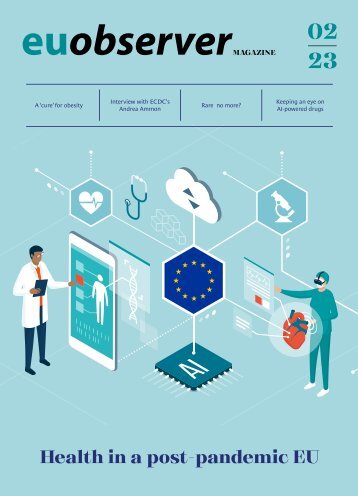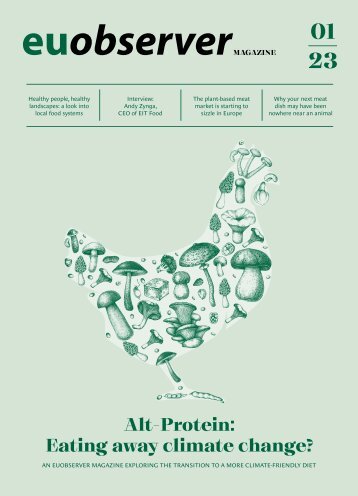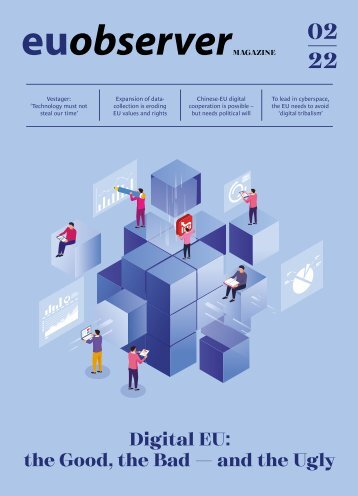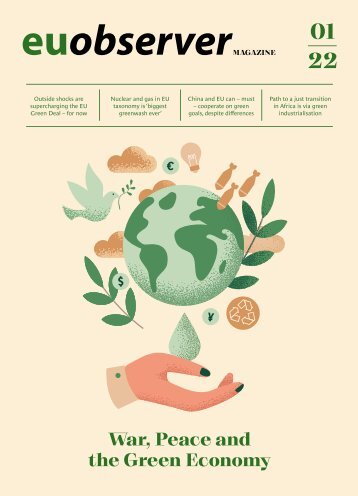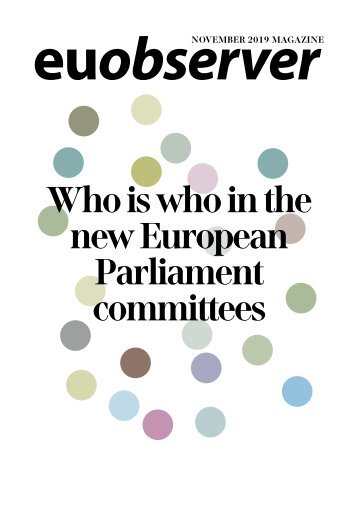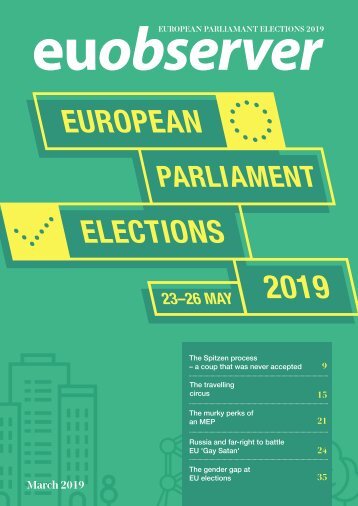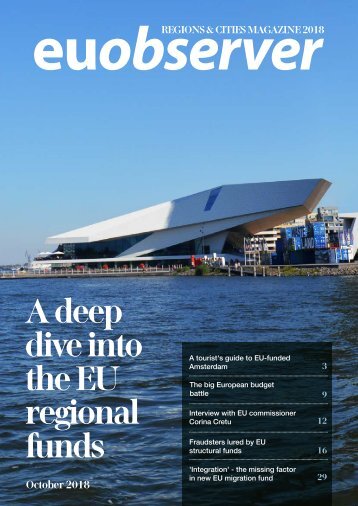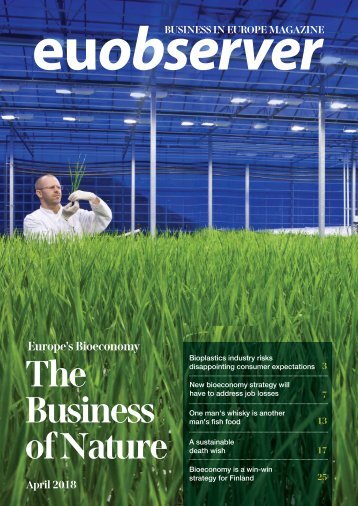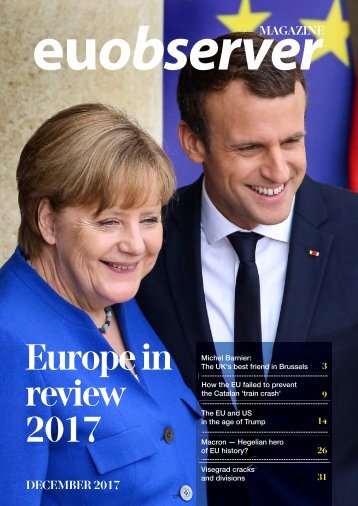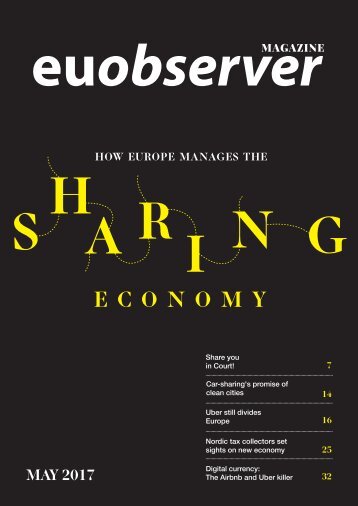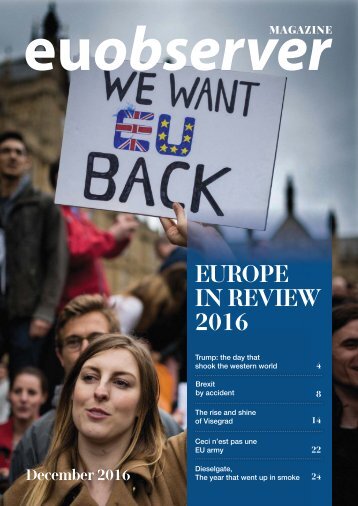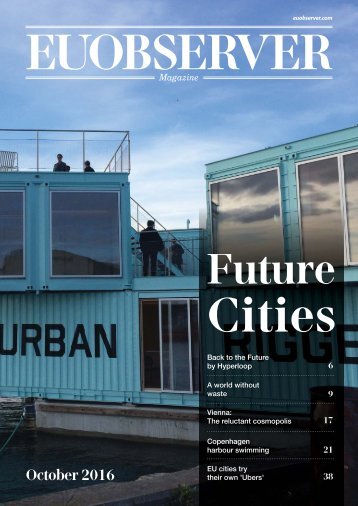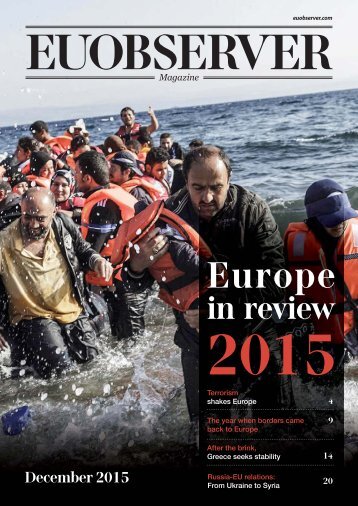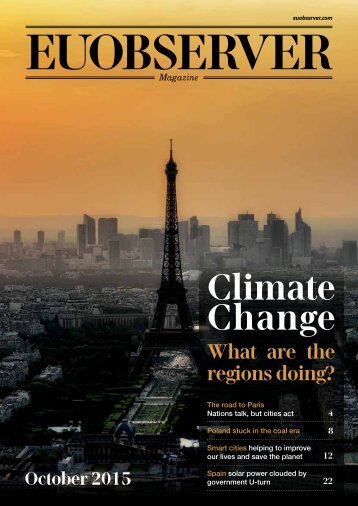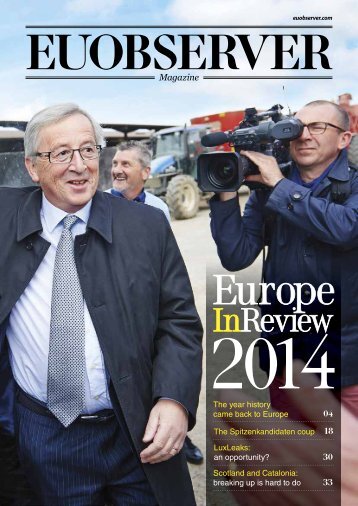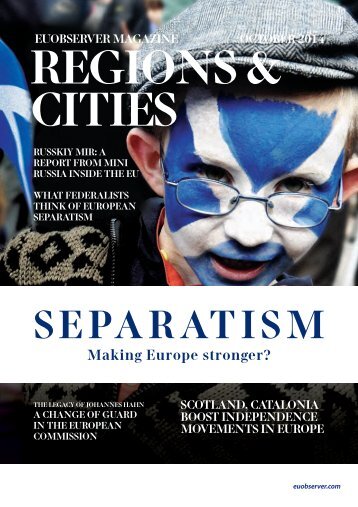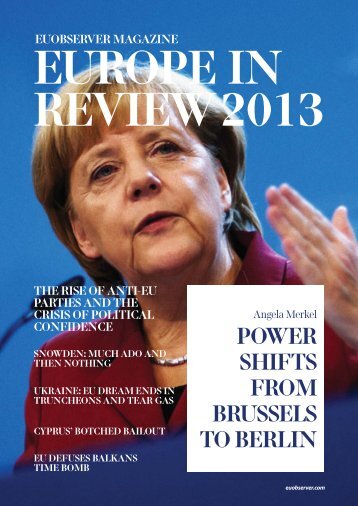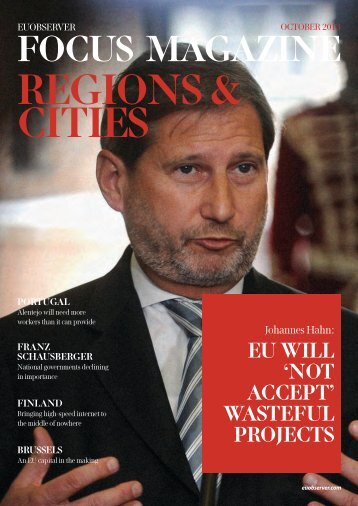Health in a post-pandemic EU
- Text
- Vaccines
- Health
- European
- Pandemic
- Diseases
- Healthcare
- Obesity
- Mrna
- Pharmaceutical
- Medicines
HEALTH IN A
HEALTH IN A POST-PANDEMIC EU Stakeholder Article Preventing the death of 200 people per hour Preventing cardiovascular disease – a cost or an investment in EU health resilience? By HASEEB AHMAD, President, Europe, Novartis. is massive, standing at around €282 billion every year. Yet only 55% of that sum (€155bn) goes to healthcare costs. Productivity loss (17%) and informal care for people living with CVD (28%) make up the remaining €127bn. In fact, a London School of Economics (LSE) report “Trends in Avoidable Mortality from Cardiovascular Disease in the European Union” published in April 2023, found that the largest portion of avoidable deaths from CVD occur among the working-age population. All in all, this amounts to 29.43 million years of lost life. In Europe, an average patient with acute coronary syndrome lost 59 (37- 79) workdays. Caregivers lose 11 (0- 16) workdays every year, with a total mean indirect cost per case of €13,953 (€6641- €23,160). What would you say if I told you that we could invest in healthcare now, potentially save the lives of 200 people an hour dying of a preventable disease, and spend less in the long run? Because we can. Cardiovascular disease (CVD), a collection of conditions affecting the heart or blood vessels, is the leading cause of death and disability in the EU. Up to 80% of CVD, including heart disease and strokes, can be prevented by investing in early detection and treatment, which saves lives and lowers overall costs. Without a systemic mindset shift, however, putting prevention into practice is anything but straightforward. As it stands, there’s still a tendency to think of money that goes into managing a chronic disease as a cost, rather than an investment with real returns for people, the sustainability of the healthcare system, the economy, and society. The shift in focus from treating CVD-related illness to preserving wellness can take many forms, from realigning hospital incentives, to implementing routine screenings, to leveraging data to identify at-risk populations. And no single organisation can take these transformative steps alone. Genuine change also requires policy support, and the upcoming revision to the EU Pharmaceutical Legislation could be just the opportunity. With the right amendments, the legislation can help the EU’s life-sciences ecosystem evolve, supporting competitiveness, innovation, and better, more equitable healthcare across Europe. CVD’s economic cost For households throughout the EU, the workplace is an essential source of financial security – particularly amid continued economic challenges. But the impact of diseases like CVD means too many are denied the ability to work. This is an avoidable hit to households’ financial security and the overall EU economy. According to the 2023 Economic Burden of Cardiovascular Diseases in the European Union study published by the European Heart Journal, the cost burden CVD puts on the EU economy Surely we cannot afford to be complacent about losing workers due to treatable conditions? No household should be made to bear the brunt of this financial loss, and the impact stretches beyond the household to the wider EU economy. As the population of older people living in the EU grows, so too will the need for EU countries to maintain a strong active workforce that contributes to the tax base and funds welfare commitments. The best way to avoid the economic loss related to CVD is to prevent chronic ill health and premature death in the first place. And that starts with an investment in early identification and treatment. Prevention’s return on investment Yes, prevention costs money, but it pays off in the long run. If we prevented half of the EU’s CVD events, the bloc would see an annual GDP growth of 2%, according to research by the WifOR Institute. Similarly, a global report by McKinsey concludes that every invested in known health improvements can generate up to in GDP in return. These gains can go a long way in strengthening Europe’s health systems and societies more broadly. COVID-19 won’t be the last pandemic the world faces, and CVD isn’t the only chronic disease that burdens healthcare systems. In the long run, savings made from preventing CVD can be reinvested into building more resilient healthcare systems that are better prepared to withstand shocks and manage future challenges. Prioritising CVD prevention can help Europe save lives, boost economic growth, and build stronger societies. Haseeb Ahmad, President, Europe, Novartis. But systematically reshaping how we manage CVD is no small feat. Creating a comprehensive approach to managing CVD – one that prioritises early diagnosis, prevention, and innovation – will take a concerted effort. At Novartis, we’re ready to play our part, partnering with governments, businesses, and civil society organisations to help make CVD prevention possible. • Scan QR code for more info 31
- Page 1 and 2: MAGAZINE 02 23 A ‘cure’ for obe
- Page 4: TABLE OF CONTENTS HEALTH IN A POST-
- Page 8: A ‘CURE’ FOR OBESITY HEALTH IN
- Page 12: WHO CARES? HEALTH IN A POST-PANDEMI
- Page 16: HEALTH IN A POST-PANDEMIC EU Stakeh
- Page 20: HEALTH IN A POST-PANDEMIC EU Rare n
- Page 24: Stakeholder Article The looming thr
- Page 28: “IT’S NOT JUST ABOUT SLOGANS”
- Page 34: KEEPING AN EYE ON AI-POWERED DRUGS
- Page 38: HEALTH IN A POST-PANDEMIC EU Prescr
- Page 42: Support truly independent European
Inappropriate
Loading...
Mail this publication
Loading...
Embed
Loading...
